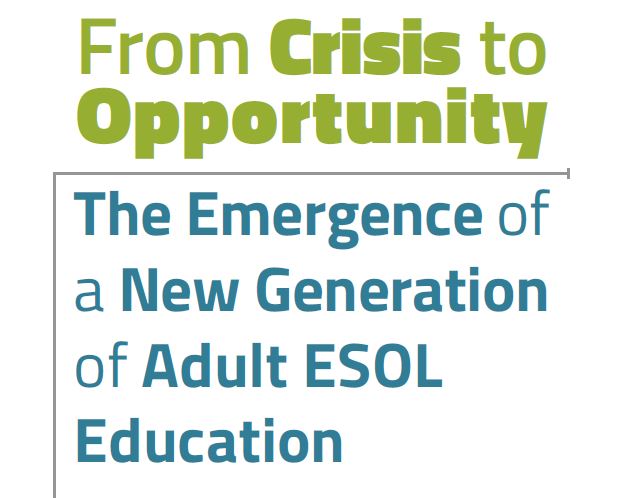RESOURCES
The COVID-19 pandemic pushed many educators and programs to move some or even all of their instruction online, and the world saw a sharp rise in online learning, affecting over a billion learners (Moe and Rajendran, 2020). Scholars refer to the rapid shifts made during the early months of the pandemic as emergency remote teaching or ERT (Hodges, Morre, Lockee, Trust, and Bond, 2020). In contrast to experiences that are planned from the beginning and designed to be online, ERT is a temporary shift of instructional delivery to an alternate delivery mode due to crisis circumstances. It involves the use of fully remote teaching solutions for instruction or education that would otherwise be delivered face-to-face or as blended or hybrid courses, and that will return to that format once the crisis or emergency has abated. Based on their research, Hodges, et al. concluded that educational planning during crises requires creative problem-solving to address rapidly changing needs and resources. This became apparent during the pandemic as educators across the country realized that what was initially thought to be a temporary shift, was becoming much more a reality with no end in sight.
This article explores four themes that emerged from these conversations, with the goal of helping practitioners and programs across the U.S. make the shift from ERT to sustainable remote instruction:
- Ongoing Student Recruitment
- Purposeful Student Orientation
- Flexible Instructional Models
- Comprehensive Program Management

